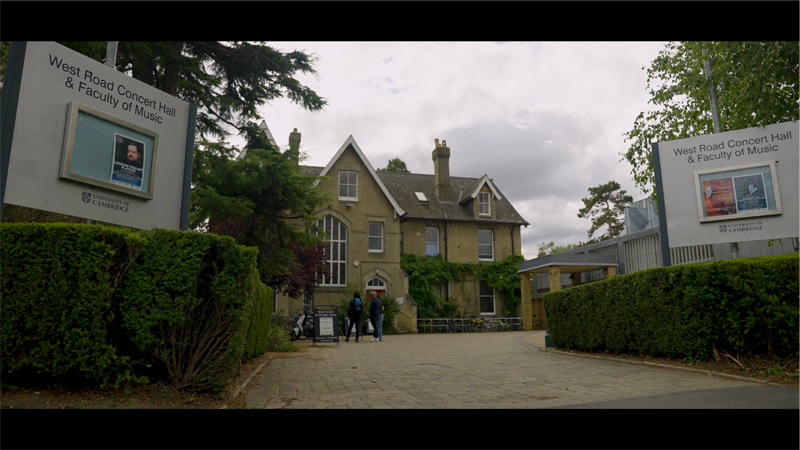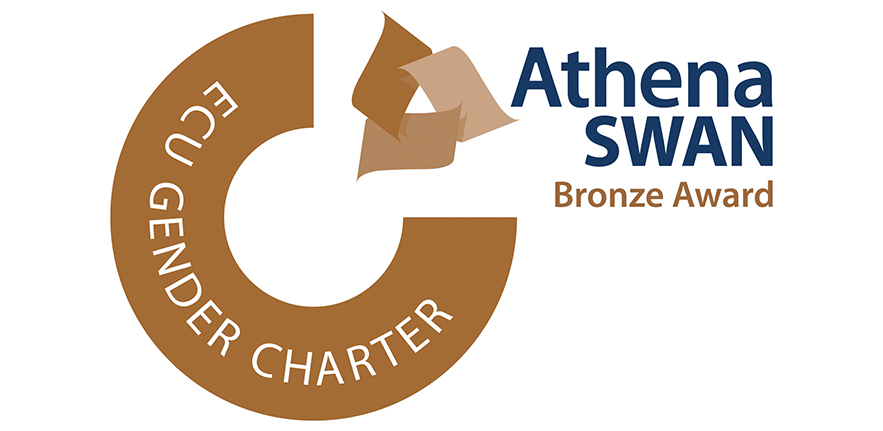Referencing Conventions
The Music Faculty recommends that students use the MHRA (Modern Humanities Research Association) referencing system. In some areas of Music and Science the alternative APA (American Psychological Association) system is to be preferred. For further information see the University website on referencing and plagiarism.
For citing audiovisual materials, the Faculty recommends the guidelines issued by the British Universities Film and Video Council which are available for download from their website: http://bufvc.ac.uk/avcitation/guidelines
Music Faculty: Guidance on Plagiarism
(This document is based in part on the Plagiarism Guidelines as prepared by the Departments of Law, History and Philosophy of Science.)
It is the responsibility of all students to read the University-wide statement on plagiarism which can be found at http://www.admin.cam.ac.uk/univ/plagiarism/
Plagiarism is defined as submitting as one's own work, irrespective of intent to deceive, that which derives in part or in its entirety from the work of others without due acknowledgement; or, in the case of self-plagiarism, unless explicitly permitted by regulation, submitting one's own work that has already been submitted for assessment to satisfy the requirements of any other academic qualification, or submitted for publication without due acknowledgement. It is both poor scholarship and a breach of academic integrity.
Examples of plagiarism include copying (using another person's language and/or ideas as if they are a candidate's own), by:
- quoting verbatim another person's work without due acknowledgement of the source;
- paraphrasing another person's work by changing some of the words, or the order of the words, without due acknowledgement of the source;
- using ideas taken from someone else without reference to the originator;
- cutting and pasting from the Internet to make a pastiche of online sources;
- submitting someone else's work as part of a candidate's own without identifying clearly who did the work. For example, buying or commissioning work via professional agencies such as 'essay banks' or 'paper mills', or not attributing research contributed by others to a joint project.
Plagiarism might also arise from colluding with another person, including another candidate, other than as permitted for joint project work (i.e. where collaboration is concealed or has been forbidden). A candidate should include a general acknowledgement where he or she has received substantial help, for example with the language and style of a piece of written work.
Plagiarism can occur in respect to all types of sources and media:
- text, illustrations, musical quotations, mathematical derivations, computer code, etc;
- material downloaded from websites or drawn from manuscripts or other media;
- published and unpublished material, including lecture handouts and other students' work.
The stylistic conventions for different subjects vary and you should consult your supervisor about the conventions pertaining in a particular subject area. However, the main points are:
- When presenting the views and work of others, include in the text an indication of the source of the material
e.g. ...as Sharpe (1993) has shown,...
and give the full details of the work quoted in your bibliography. - If you quote text verbatim, place the sentence in inverted commas and give the appropriate reference
e.g. 'The elk is of necessity less graceful than the gazelle' (Thompson, 1942, p 46)
and give the full details in your bibliography as above. - If you wish to set out the work of another at length so that you can produce a counter-argument, set the quoted text apart from your own text (e.g. by indenting a paragraph) and identify it by using inverted commas and adding a reference as above.
- If you are copying text, keep a note of the author and the reference as you go along, with the copied text, so that you will not mistakenly think the material to be your own work when you come back to it in a few weeks' time.
- If you reproduce an illustration or include someone else's data in a graph include the reference to the original work in the legend:
e.g. (figure redrawn from Webb, 1976)
or (triangles = data from Webb, 1976) - If you wish to collaborate with another person on your project, you should check with your supervisor whether this might be allowed and then seek permission (for research degrees, the permission of the Board of Graduate Studies must be sought).
- If you have been authorised to work together with another candidate or other researchers, you must acknowledge their contribution fully in your introductory section. If there is likely to be any doubt as to who contributed which parts of the work, you should make this clear in the text wherever necessary.
e.g. I am grateful to A. Smith for analysing the sodium content of these samples - Be especially careful if cutting and pasting work from electronic media; do not fail to attribute the work to its source. If authorship of the electronic source is not given, ask yourself whether it is worth copying.
The examiners must be in no doubt as to which parts of your work are your own original work and which are the rightful property of someone else, whether in coursework or written examinations.
Acceptable means of acknowledging the work of others (by referencing, in footnotes, or otherwise) vary according to the subject matter and mode of assessment. Even in the context of a written examination acknowledgment of the work of others is expected (e.g. author's name). For submitted work, the Music Faculty recommends that students use the Modern Humanities Association referencing system. In some areas of Music and Science the alternative APA (American Psychological Association) system is to be preferred. For further information see the University website:
http://www.admin.cam.ac.uk/univ/plagiarism/students/referencing/conventions.html
For citing audiovisual materials, the Faculty recommends the guidelines issued by the British Universities Film and Video Council which are available for download from their website:
http://bufvc.ac.uk/avcitation/guidelines
Candidates are required to familiarize themselves with this guidance, to follow it in all work submitted for assessment, and may be required to sign a declaration to that effect. If a candidate has any outstanding queries, clarification should be sought from her or his Director of Studies, Course Director or Supervisor as appropriate.
Failure to conform to the expected standards of scholarship (e.g. by not referencing sources) in examinations may affect the mark given to the candidate's work. In addition, suspected cases of the use of unfair means (of which plagiarism is one form) will be investigated and may be brought to one of the University's Courts. Examiners have access to anti-plagiarism software which can be used to cross-check any suspect material. The Courts have wide powers to discipline those found guilty of using unfair means in an examination, including depriving such persons of membership of the University, and deprivation of a degree.
RECORDING OF LECTURES
Any student not registered as disabled and holding appropriate permissions from the Disability Resource centre, should seek permission from the Lecturer before recording any lectures. It is further advised that recordings of lectures can only be used for private study. If recording a seminar additional permission of the other students present should also be sought.
The transcribing of lectures in an exam situation is plagiarism.
June 2016
Use of Turnitin
Students are responsible for ensuring that they have read and understood both the University’s Statement on Plagiarism
www.admin.cam.ac.uk/univ/plagiarism/students/statement.html
The Faculty of Music uses Turnitin UK to screen student work. Screening is carried out only if concerns are raised about the originality of work. All work screened will be reviewed by the Academic Integrity Officer to determine whether further action may be necessary.
Use of Turnitin UK complies with UK Copyright and Data Protection Laws. Submission to Turnitin does not affect your ownership of the work; the copyright and intellectual property of all work remains with the original owner (normally the student, with the exception of some sponsored research projects). No personal or sensitive data will be transmitted.
Work screened by Turnitin UK will be retained in the Turnitin database for comparison with future submissions; if matches are identified, the full text is not accessible to other institutions, only the matching text. You may request that your work is removed from the Turnitin UK database at the conclusion of the examination process, but this must be done separately for each piece of submitted work. Retaining your work on the database will help to ensure that your work remains protected from future attempts to plagiarise it, will help maintain the integrity of the University’s qualifications, and will maximise the effectiveness of the software.
Full details about Turnitin UK and your rights and responsibilities can be found on the University’s website:
Queries about plagiarism or the Faculty’s use of Turnitin UK should be addressed in the first instance to your Director of Studies or College Tutor.
July 2016



